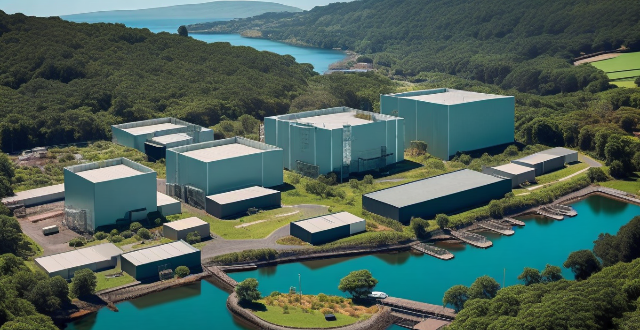Carbon sequestration projects are aimed at reducing greenhouse gas emissions by capturing and storing carbon dioxide. These projects include geological storage, ocean storage, and terrestrial storage methods. Geological storage involves injecting CO2 into underground formations, while ocean storage involves injecting it into the deep ocean. Terrestrial storage uses vegetation and soil to sequester carbon through reforestation and improved forest management. These projects have been implemented in various countries worldwide, with notable examples including the Petra Nova project in the United States, the Sleipner project in Norway, and the Amazon Forest Conservation Program in Brazil.

The Current Status of Carbon Sequestration Projects Around the World
Carbon sequestration projects are initiatives aimed at capturing and storing carbon dioxide (CO2) emissions to reduce their impact on the environment. These projects play a crucial role in mitigating climate change by reducing greenhouse gas emissions. Let's take a look at the current status of carbon sequestration projects around the world:
Geological Storage
One common method of carbon sequestration is geological storage, where CO2 is injected into underground geological formations such as depleted oil and gas reservoirs, deep saline formations, or coal seams. This method has been implemented in several countries, including:
- United States: The United States has numerous geological storage projects, with the most notable being the Petra Nova project in Texas, which captures CO2 from a coal-fired power plant and stores it in an adjacent saline formation.
- Canada: Canada has also invested in geological storage projects, such as the Quest project in Alberta, which captures CO2 from a synthetic natural gas plant and stores it in a deep saline formation.
- Norway: Norway has been a leader in geological storage, with the Sleipner project being one of the first commercial-scale carbon capture and storage (CCS) facilities in the world. It captures CO2 from a natural gas processing plant and stores it in a saline formation beneath the North Sea.
Ocean Storage
Another method of carbon sequestration is ocean storage, where CO2 is injected into the ocean at depths greater than 1,000 meters. This method is still in the research and development phase, but some pilot projects have been implemented, including:
- Japan: Japan has conducted several pilot ocean storage projects, such as the Nagaoka project, which involves injecting CO2 captured from a steel plant into the ocean floor.
- Australia: Australia has also shown interest in ocean storage, with the CarbonNet project aiming to develop a CCS facility that will capture CO2 from industrial sources and store it offshore.
Terrestrial Storage
Terrestrial storage involves using vegetation and soil to sequester carbon through reforestation, afforestation, and improved forest management. This method is widely practiced worldwide, with various initiatives promoting tree planting and conservation efforts to increase carbon sinks. Some examples include:
- Brazil: Brazil has implemented large-scale reforestation projects, such as the Amazon Forest Conservation Program, which aims to protect existing forests and promote sustainable land use practices.
- China: China has launched several tree planting campaigns, such as the Grain for Green program, which encourages farmers to plant trees instead of crops on marginal lands to reduce soil erosion and increase carbon sequestration.
- Kenya: Kenya has initiated the Kiambu Forest Project, which focuses on reforestation and sustainable forest management to increase carbon sequestration and improve livelihoods for local communities.
In conclusion, carbon sequestration projects around the world are making progress in reducing greenhouse gas emissions and mitigating climate change. While there is still much work to be done, these projects serve as promising examples of how we can address the urgent issue of climate change through innovative solutions.